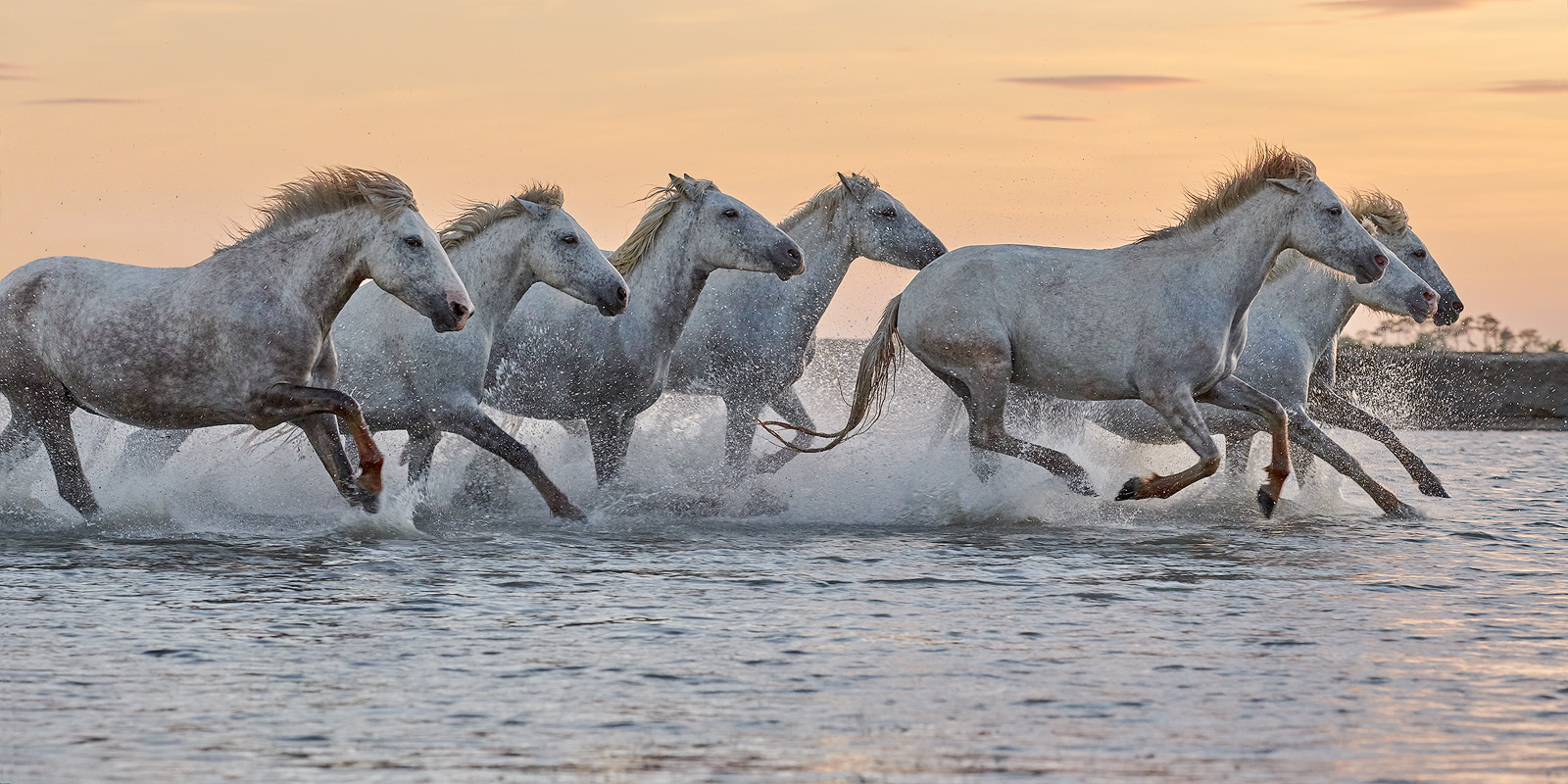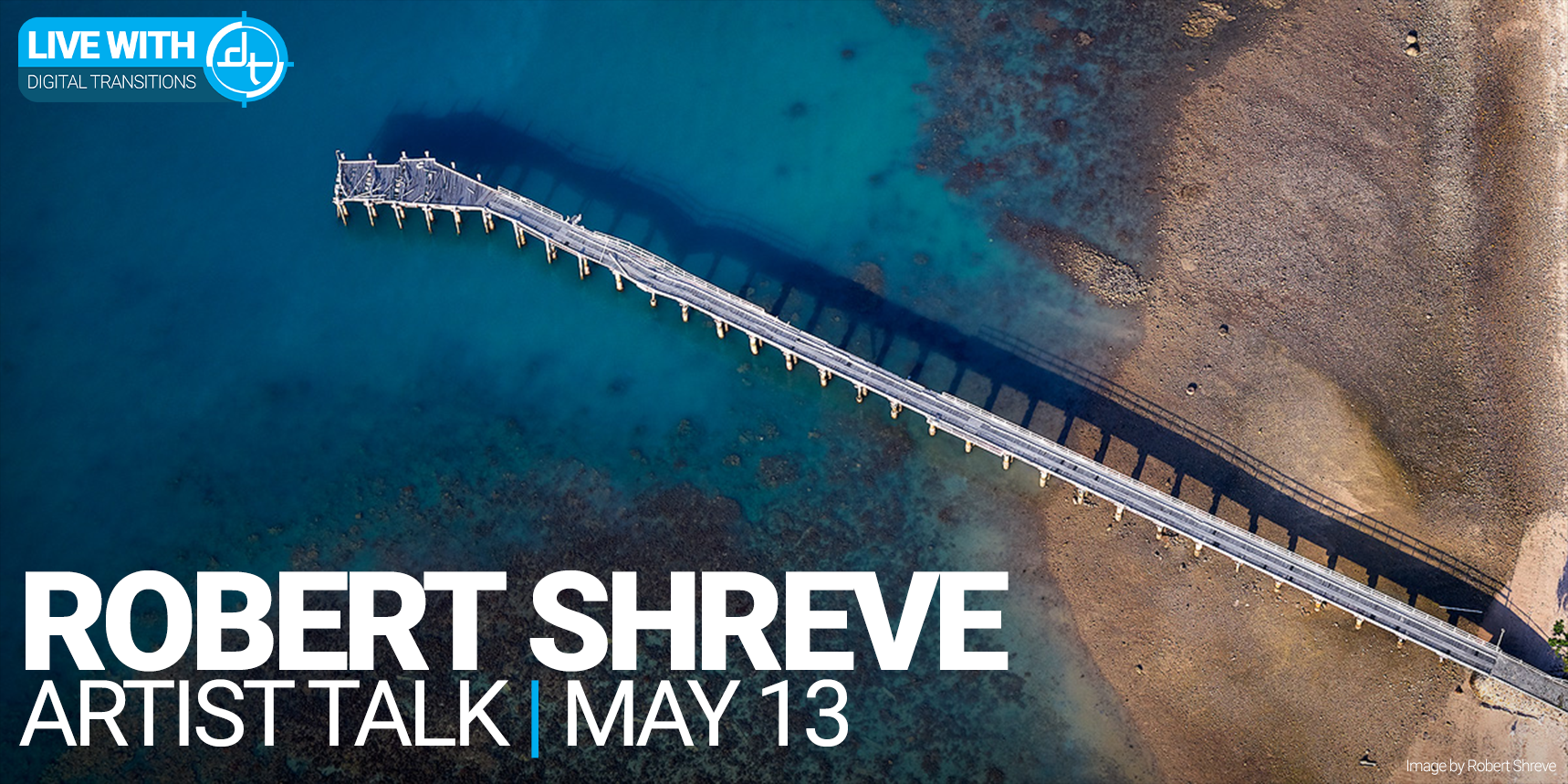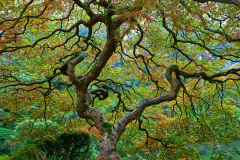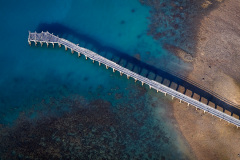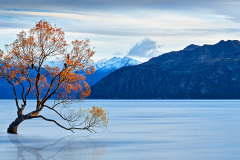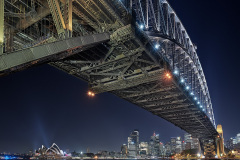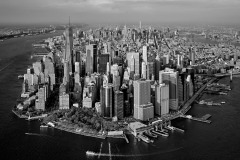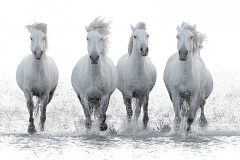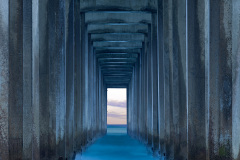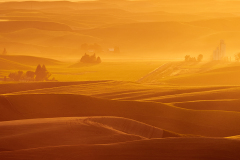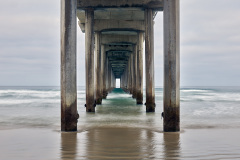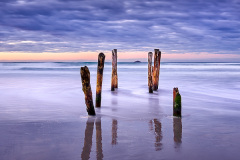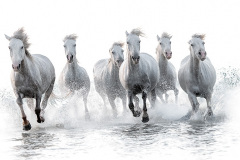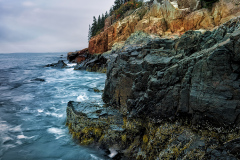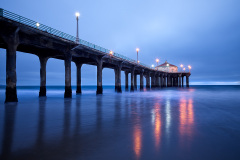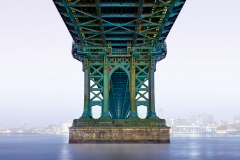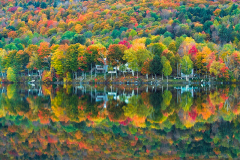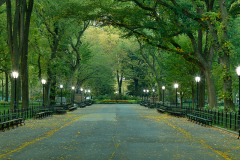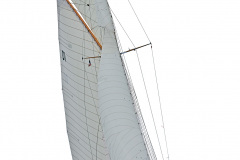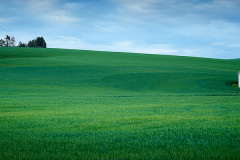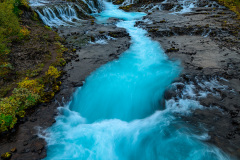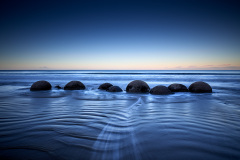Digital Transitions, Featured Photographer, Photographer Profile
Featured Photographer – Robert Shreve
This month we are featuring the awe-inspiring work of landscape photographer, Robert Shreve. Robert is an accomplished photographer, winning several International-Awards and is in the International Landscape Photographers global alumni. Robert’s work has been featured in a variety of periodicals and web posts, as well as exhibited in a number of galleries and expositions.
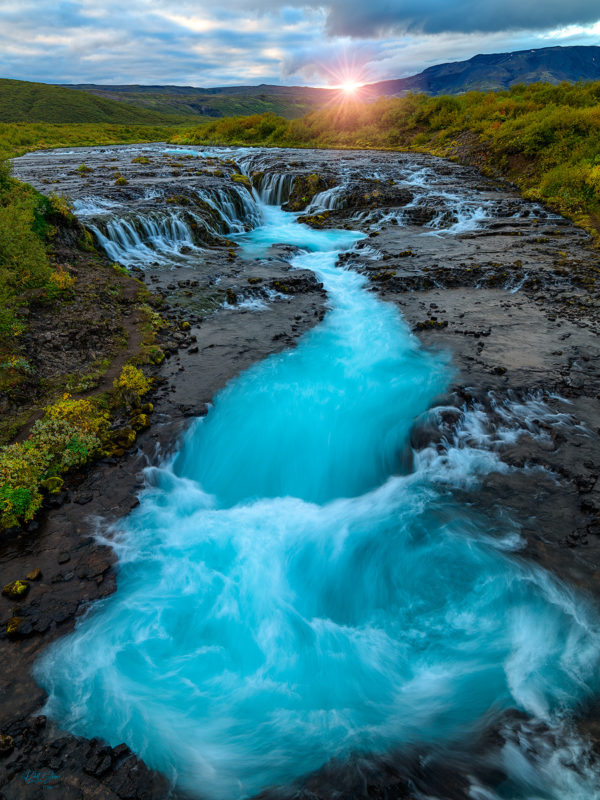
Describe your approach to photography— What makes your work unique?
As a Landscape Photographer, my approach is to put myself into a position of an enticing scene with beautiful light and hopefully drama. The Image must put the viewer “in that place” and keep them there to view all the subtle details of the image. Think of it as a short-term escape to that place and time. I also try to remove most if not all evidence of modern man unless the image subject is architectural.
What inspires you? Who are your influences?
Traveling to remote places across the globe and catching a place and time at its potential peak is a challenge. Ansel Adams has been a great influence as his vision and techniques laid the foundation for the modern photographer. Also, his impact and influence to maintain the importance of the National Parks. I am mostly inspired by Nature itself and its incredible beauty and wildlife.
What was your first camera?
My First Camera was a Kodak Instamatic that shot 110 film, Circa 1975. My first 35mm Camera was a Canon AE-1 Film Camera, Circa 1979. I still own both these cameras. I have owned and in some cases still own various digital versions of Canon, Nikon, Leica, Fuji, Hasselblad, and Phase One systems.
Can you think of the first time you realized the camera you owned was holding you back?
I realized this when viewing other photographer’s work and realizing that to get fine detail and dynamic range required a better system, medium format or large format. I chose Medium format due to its digital capability and resolution to exceed large format 8×10 film. Printing large prints exceeding 60 inches requires a high-resolution digital back, in my opinion, to achieve great detail.

Describe your experience with DT and why you chose to shoot with Phase One gear.
I chose Phase One because after much research I believe the Phase One Digital Backs combined with the Schneider Kreuznach lenses to be the best medium format system in the world. Also, the features of Phase One such as Focus Stacking and Automatic Frame Averaging greatly influenced my decision. Another factor was that Phase One system is an “Open” system which allows me to utilize other gear such as the Alpa Camera body and Alpa Rodenstock Lenses. From there I can use Tilt/Shift as additional tools. The Phase One menu system is intuitive and comprehensive.
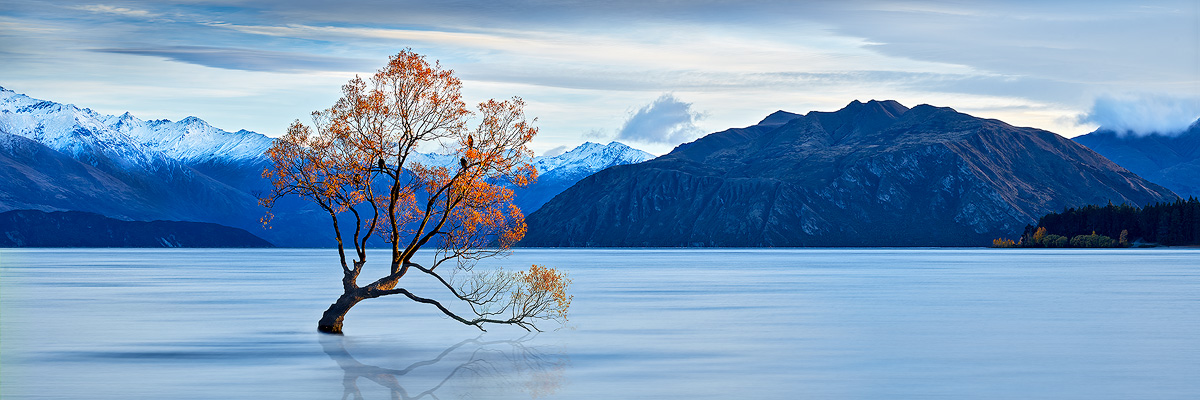
Tell us about one of the photos you’ve provided. What technical decisions did you make to achieve your goal for this photo?
This image required traveling from Texas to Australia and then over to the South Island of New Zealand. As one can imagine this tree is photographed often so one must deal with other photographers at this location. The tree is actually about 30 feet off the shoreline in Wanaka lake. Many of the other photographers there that day were shooting this tree about 10 feet from it. I felt the better composition was further down the shoreline. I compressed the scene a bit using a zoom lens to bring the mountains closer as well as the tree. The image is actually a blend of two images. It was a windy day so in order to stop all movement, I had to shoot the tree at a high enough shutter speed to stop that movement.
I then took a second exposure dragging the shutter to blur the water. The final resulting image is a blend of both images and some painstaking post-processing work. I utilize Capture one for all my processing and then utilize Photoshop for image blending at the final stage. The resulting image looks as if the tree is both floating and reflecting in the water. For this shot, I used a Phase One XF Camera with a Schneider Kreuznach 40 to 80 lens along with a Phase One IQ3100 digital back. An ND filter was used to allow me to drag the shutter and create the blurred water.
What was your most difficult project?
All of them are difficult as nature does not always provide what you are needing on command. I spent a month in Western Canada and it was overcast and rained almost every day.
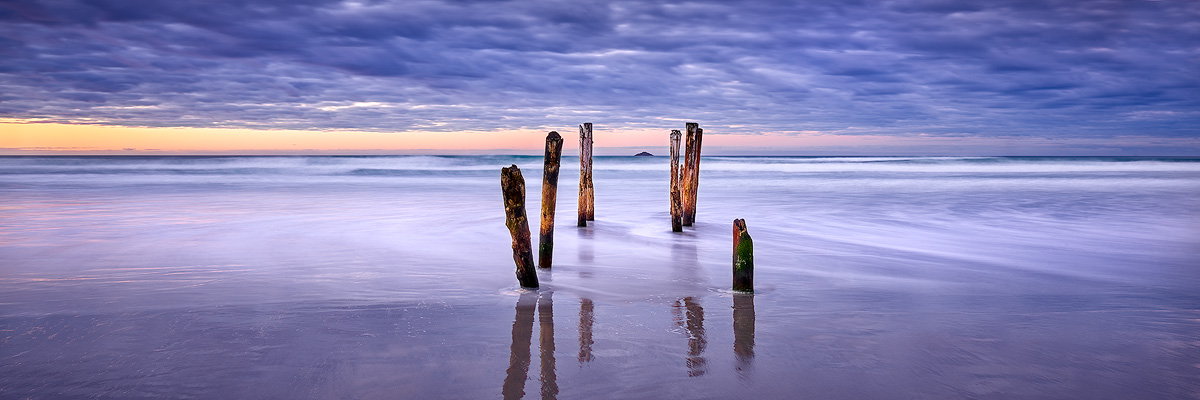
How did you make the transition to professional photography, and how did making a living from photography impact your style of shooting?
I still have not made this transition. I hope to transition to full-time fine art photography and open a gallery in the upcoming years. Regardless, making this transition requires every trip local or global to count. I need to find great scenes and capture them with the best equipment in the world as I may not get another chance at that location/place. As a global landscape photographer, I must always have the best gear in my bag as global travel is expensive and tiresome.
If you had to do a project using the bare minimum of equipment, what would you bring?
Phase One XF IQ4 150 MP and Schneider Kreuznach 35mm lens, or 40-80mm Lens ND filters, and a good tripod.
What’s the most interesting/surprising/invaluable thing you keep in your equipment bag?
A Director’s Viewfinder, Hoodman, ND Filters, and helicopter, not in a bag, but if available.
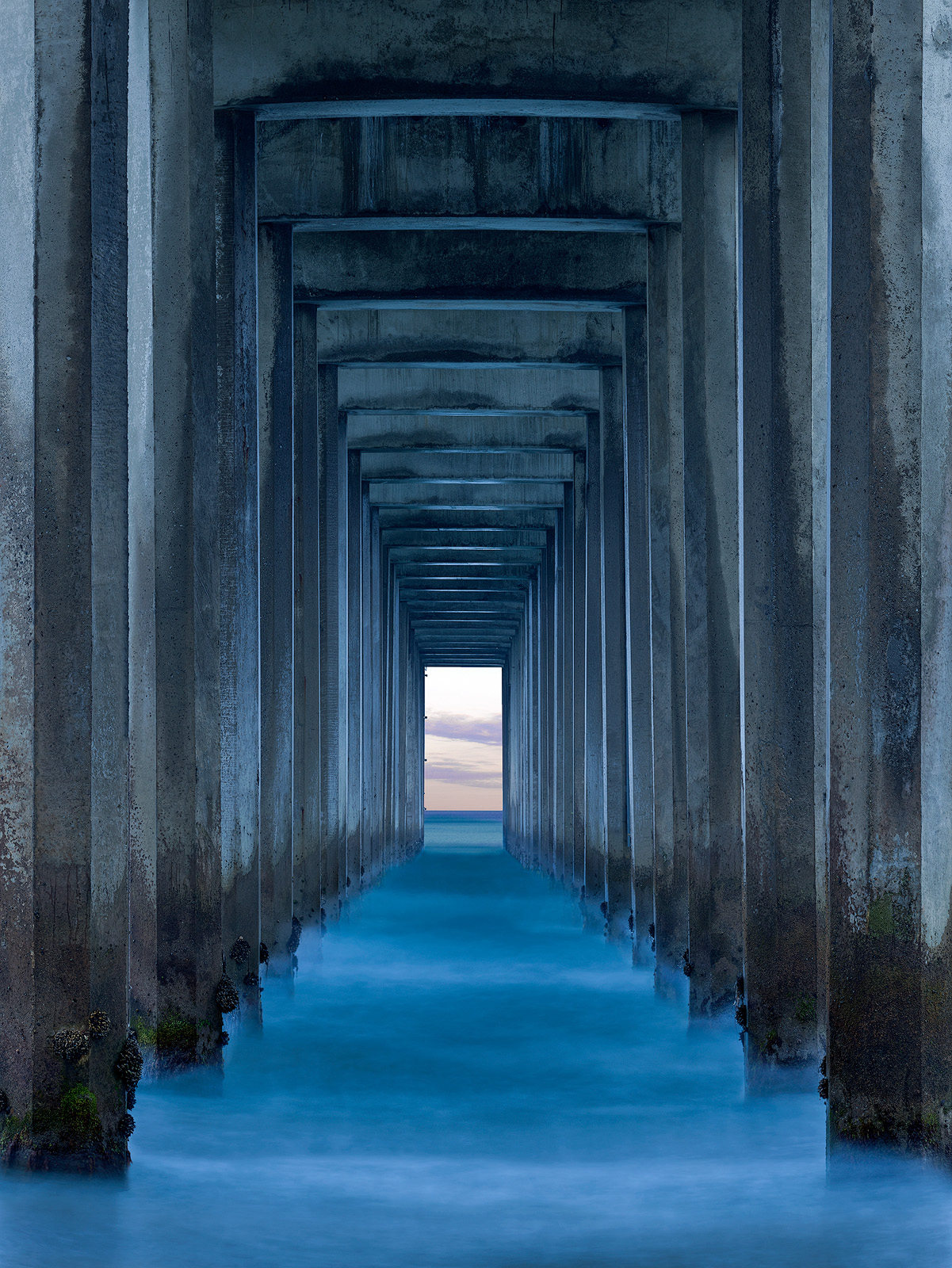
What is one thing you wish you knew when starting out?
Diffraction and how to avoid it, also timing and placement of sunrise and sunsets.
Do you have a “passion project” that you enjoy working on in your free time?
Any FREE time is spent organized and preparing images for a future gallery.
I also spend much time planning upcoming Phototreks across the globe. I have a detailed list of future locations.
What’s your favorite activity or passion outside of photography that you’ve experienced recently?
My other passion is flying airplanes.
You can see more of Robert’s work or on his website, Facebook, and Instagram.
Want to learn more about Robert? Join us for our live artist talk!
Hear directly from this month’s DT Featured Photographer, Robert Shreve on May 13th at 2:00 PM ET. Robert will discuss his creative approach, award-winning projects, and why he shoots with Phase One Medium Format.
You can register for the webinar here.
More details to be announced.
GALLERY

